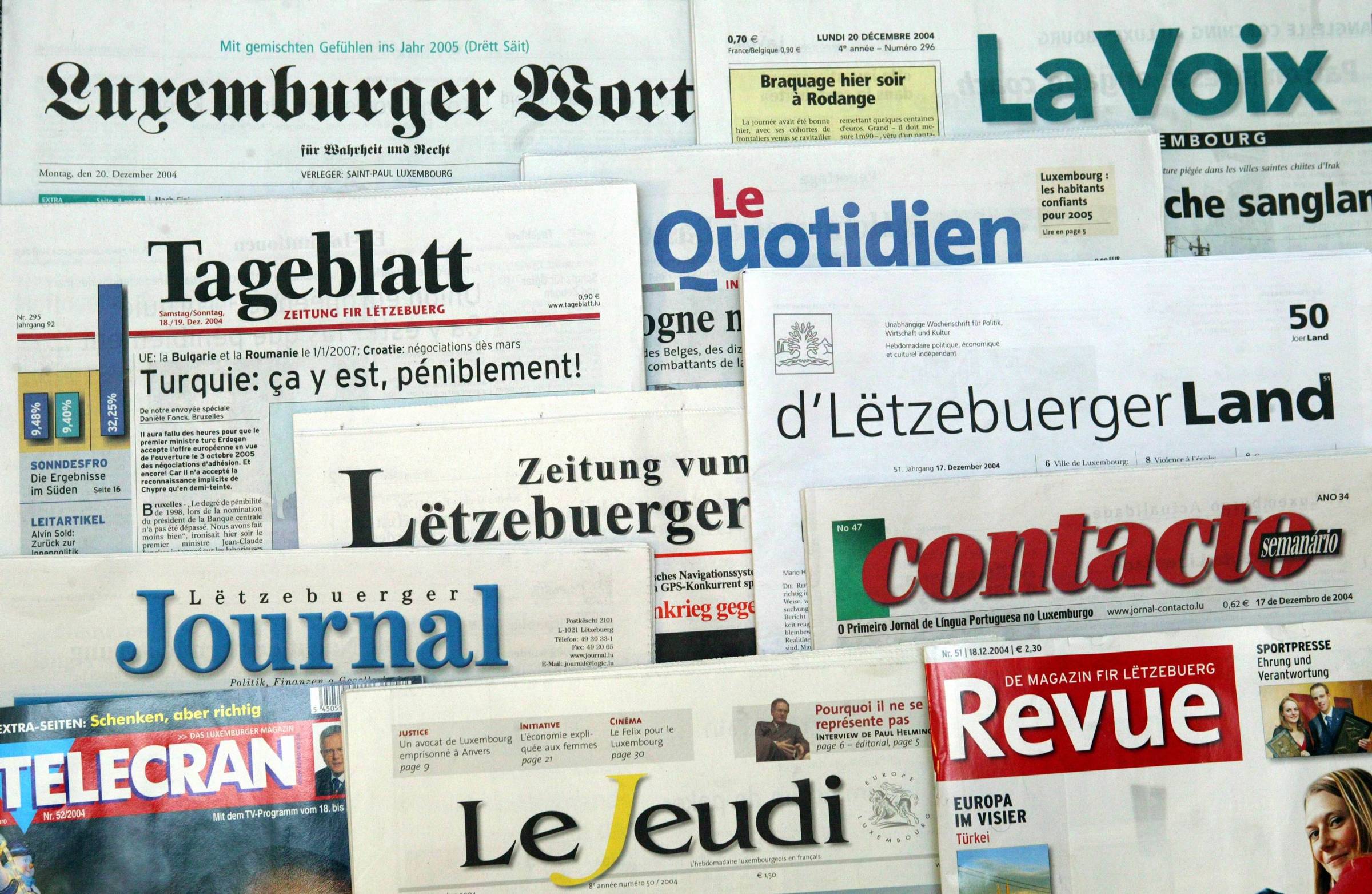
It comes as little surprise that recent research conducted in several European countries shows that Islam holds by far the top position when it comes to the amount of secular media reports dealing with religion: media attention is naturally drawn toward conflicts and tensions. Besides confirming such trends through quantitative research, a recent international conference on religion and media that took place in Paris on March 23–24 and that RW attended has also highlighted the role of media as players in current debates and in constructing our perception of religious realities, as stressed by Jean-Paul Willaime (Ecole Pratique des Hautes Etudes, Paris).
The conference was organized by doctoral students of the Groupe Sociétés, Religions, Laïcités at the French National Center for Scientific Research (CNRS). Scholars from several countries reported on their observations of the evolution in media reporting on religion. Mia Lövheim (University of Uppsala, Sweden) shared results of her research on the Swedish print media from 1980–2010. The general thread is a perception of a resurgence of religion. From being originally an international topic, Islam evolves more and more into a national issue over the years. At the same time, there is a switch from information to debate, with an increase of religion topics in editorial pages. While tolerance is praised, comments also stress tensions between respect for religious freedom and aspects of religions such as Islam seen as not compatible with Swedish culture (e.g. going against gender equality). Media increasingly contribute to set the political agenda, becoming an arena for renegotiation of values, identities, and relations in society. Several other speakers stressed the role played by media in selecting stories seen as newsworthy. “Maybe media are not telling us what we should think, but at least they are telling us about what we should think,” said GSRL director Philippe Portier.
Lövheim sees the media becoming the main source of information on religion as religious influence declines in Scandinavian countries. Stewart Hoover (Center for Media, Religion and Culture, University of Colorado) emphasizes the loss of control over symbols and the vanishing frontier between what is sacred/private and what is public in the age of media. Similarly, Willaime explains that it has become impossible to keep communication under control and inside institutions. Yet since the public sphere becomes more and more a media sphere, there is also a struggle for visibility, i.e. the need to be present in the media in order to have an impact. According to Hoover, it would be wrong to think that new media will make traditional media insignificant: the former are remaining in a central place in a changing environment.
